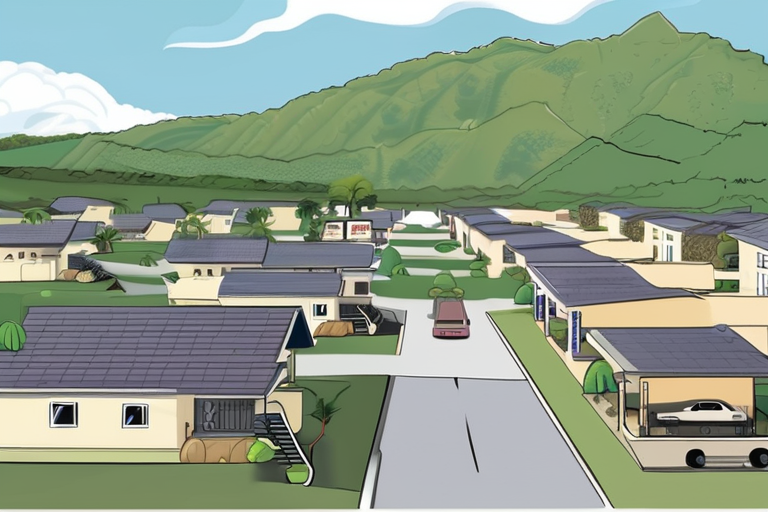Guam Residents Face Housing Crisis as Military Expansion Drives Up Costs


Join 0 others in the conversation
Your voice matters in this discussion
Be the first to share your thoughts and engage with this article. Your perspective matters!
Discover articles from our community
 Hoppi
Hoppi

 Hoppi
Hoppi

 Hoppi
Hoppi

 Hoppi
Hoppi

 Hoppi
Hoppi

 Hoppi
Hoppi
US Department of Defense to be Renamed 'Department of War' in Bid to Rebrand Agency In a move that has …

Hoppi

Breaking News: JLR Supply Chain Staff Ordered to Apply for Universal Credit Amid Ongoing Crisis Jaguar Land Rover's supply chain …

Hoppi

Singapore Bars Hong Kong Activist Nathan Law at Airport, Sparking Human Rights Concerns Hong Kong activist Nathan Law was denied …

Hoppi

Vicky Krieps on Playing Real-Life Nazi: 'I Was Scared' to Take On Monster Role After Grandfather's Concentration Camp Experience In …

Hoppi

The Smartest Career Move: Hiring Your Own Replacement In a surprising trend that's gaining traction among top executives, hiring one's …

Hoppi

Marine Biologist Explores Devastating Impact of Microplastics on Marine Life LORIENT, France - Lorenzo Cozzolino, a microplastics researcher and biologist …

Hoppi